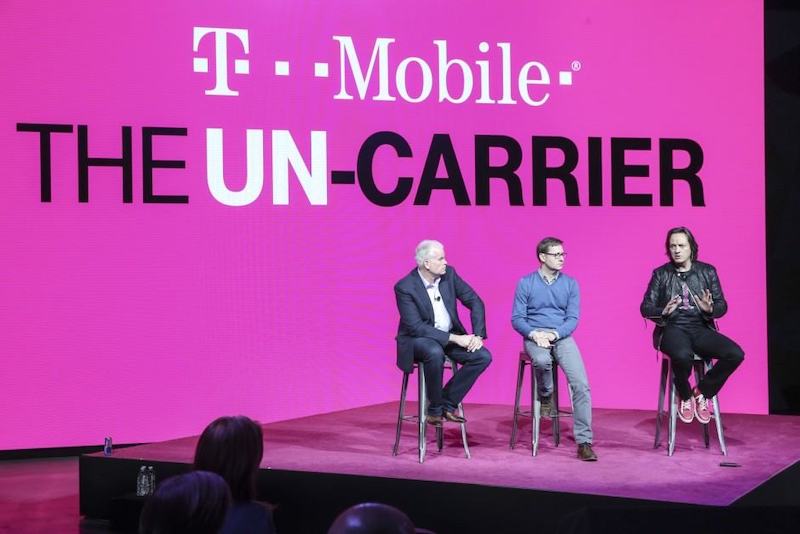Owning Your Category
A category’s “lightning strike” is a critically important event and perhaps the single biggest investment you’ll make in launching your category. But you can’t stop there. Marketers universally agree that someone has to hear a message multiple times before it takes hold and impacts their decision making. Therefore to make sure that your audience truly recognizes the danger from changes in the world and embraces your new category as the solution that can position them for ongoing success, you need to continue telling your compelling story in many different ways. By being the main ones talking about this wonderful new solution to emerging problems you also establish your company as the “Category King”. When people think of the category, you want them to think of your company. Optimally your company becomes a synonym or even a verb for the category (think Xerox, Google, or Uber).
Playing off the “grand entrance” as a “lightning strike”, what you need to create is an ongoing series of “thunder claps” that together I refer to as “rolling thunder.” These announcements amplify the differentness of your category, make the benefits of switching to the category even more powerful, and expand the scope of the category. Especially early on having a well-defined rhythm to your thunder claps (e.g. monthly, quarterly, or bi-annually) forces a discipline on the entire organization that ensures that the thunder continues to roll.
Over time the nature of your communications will change. Early on the thunder will keep your audience’s attention, increase the value your category delivers, and continue to convince early skeptics that they need a change from how things have always been done. You are continuing to educate and convince them that your different approach is necessary. As awareness of the category grows and people start to accept your claims, other companies will enter the category. Your established leadership will give you a clear advantage, but your “thunder claps” will begin to shift the focus from the category to your company — demonstrating your differentiation and leadership within the category.
In the article linked below I describe this process, provide examples of what thunder claps can be, and provide guiding principles for making them impactful.
Owning Your Category Read More »





